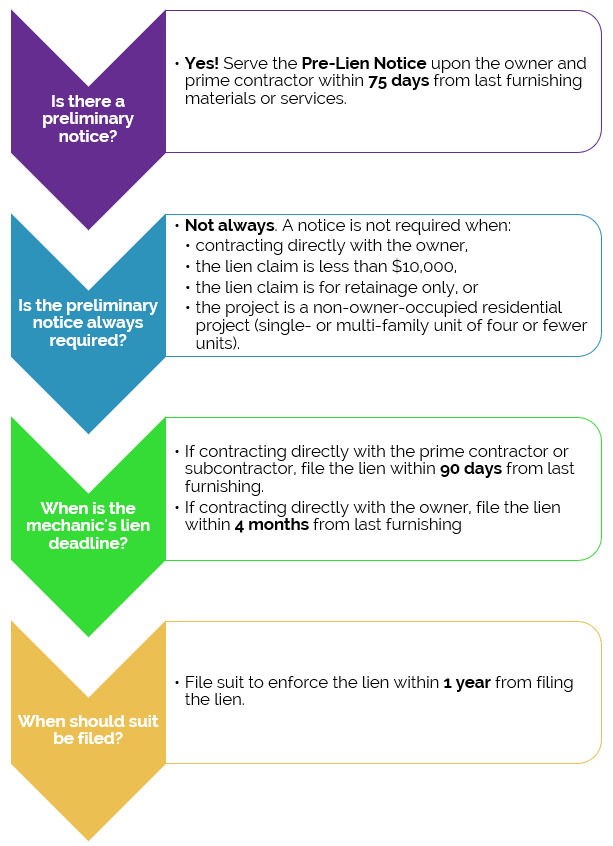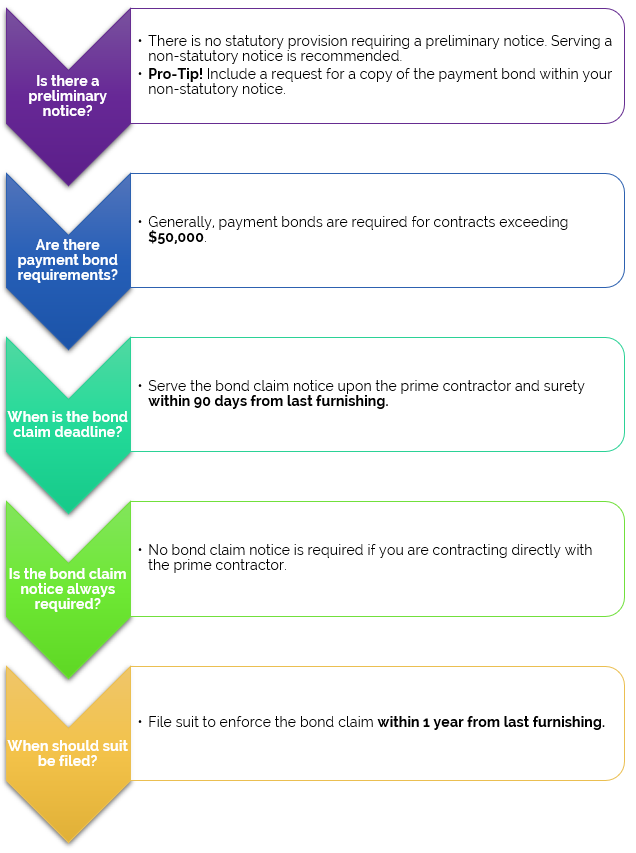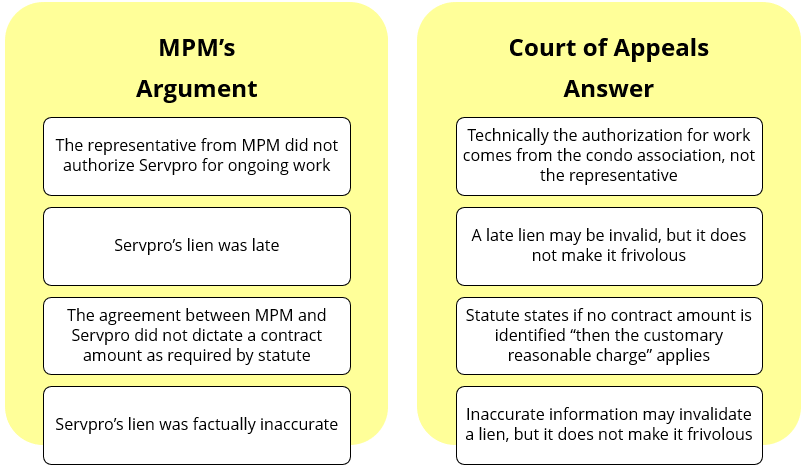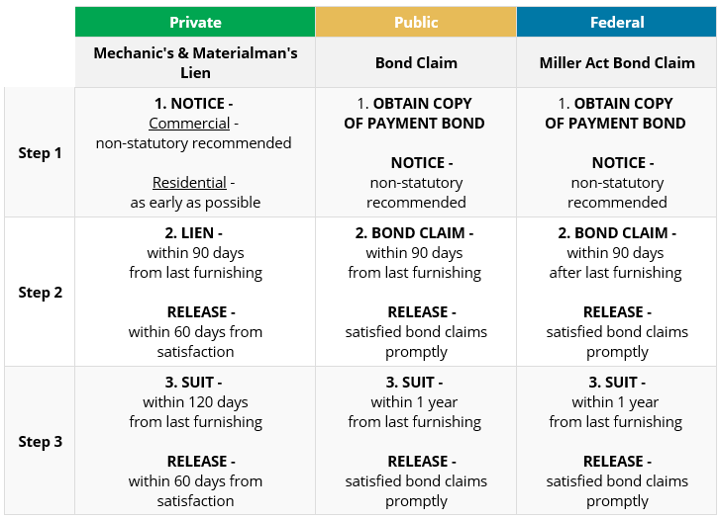
Are You ‘OK’ with Oklahoma’s Mechanic’s Lien & Bond Claim Requirements?
Furnishing to a construction project in the Sooner State? Today’s quick read post is just for you! In this post we’ll review the steps needed to secure mechanic’s lien and bond claim rights in Oklahoma. Don’t worry, I know your busy, so I’ll make this easy!
Private Projects: Oklahoma Mechanic’s Liens

Recap: Serve the Pre-Lien Notice upon the owner and prime contractor within 75 days from last furnishing materials or services. If contracting directly with the prime contractor or subcontractor, file the lien within 90 days from last furnishing. If contracting directly with the owner, file the lien within 4 months from last furnishing. File suit to enforce the lien within 1 year from filing the lien.
Bonus! Oklahoma statute dictates the information that should appear within the Pre-Lien Notice.
42-142.6. 4. The pre-lien notice shall be in writing and shall contain, but not be limited to, the following:
1. a statement that the notice is a pre-lien notice,
2. the complete name, address, and telephone number of the claimant, or the claimant’s representative,
3. the date of supply of material, services, labor, or equipment,
4. a description of the material, services, labor, or equipment,
5. the name and last-known address of the person who requested that the claimant provide the material, services, labor, or equipment,
6. the address, legal description, or location of the property to which the material, services, labor, or equipment has been supplied,
7. a statement of the dollar amount of the material, services, labor, or equipment furnished or to be furnished, and
8. the signature of the claimant, or the claimant’s representative.
Public Projects: Oklahoma Bond Claims

Recap: There is no statutory provision requiring a preliminary notice. Serving a non-statutory notice is recommended. Generally, payment bonds are required for contracts exceeding $50,000. Serve the bond claim notice upon the prime contractor and surety within 90 days from last furnishing. No bond claim notice is required if you are contracting directly with the prime contractor. File suit to enforce the bond claim within 1 year from last furnishing.
Other Okie Lien & Bond Claim Facts
Oklahoma is a full balance lien state. In other words, the lien is enforceable for the full amount owed, regardless of payments made by the owner. (commercial projects)
A payment bond is required for contracts exceeding $50,000 when the construction or improvement is a private building on public real property.
In 2013, Oklahoma’s statute was updated to allow applicable profits and overhead costs, in addition to the costs for materials, equipment and labor, to be included in the total claim amount stated within the lien.
Remember, you can’t lien tribal lands. If a payment bond is issued, take time to review the bond carefully. (Check out No Miller Act Bond Claim Rights on Tribal Construction Project)
Oklahoma offers mineral liens as a separate remedy from the standard mechanic’s lien statute. (see §42-144)
I learned how to spell O-K-L-A-H-O-M-A by singing the theme from Oklahoma! the musical. Thank you, Rodgers & Hammerstein.
OK the last bit wasn’t about lien or bond claim rights, but it is true, nonetheless. Plus, I wanted to see if you were paying attention.
Questions about securing your Oklahoma lien or bond claim rights? Just ask!










